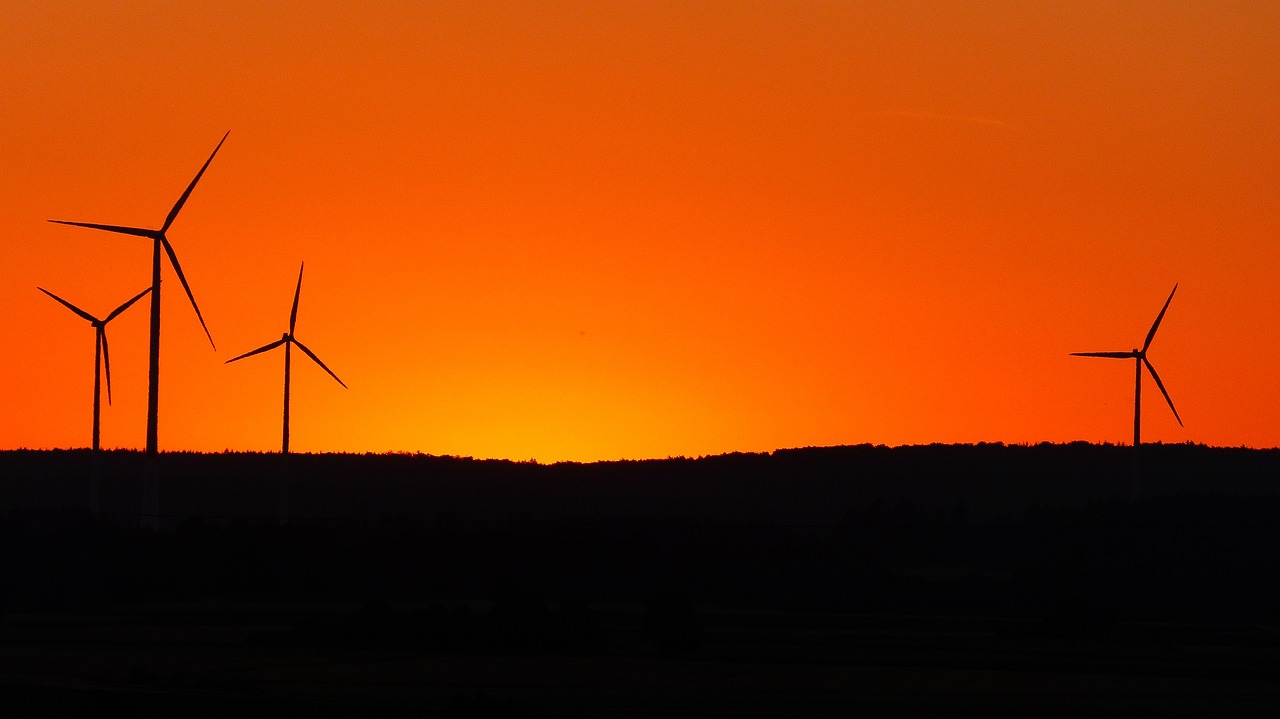Big batteries are eating the lunch of gas-fired power plants in the US, new data shows.
Gas has long been the technology of choice for balancing America’s power grids and facilitating the shift from coal. In 2023, gas facilities accounted for 43.1% of total utility-scale generation in the country, per the Energy Information Administration (EIA). That’s up from 27.7% just a decade before.
But recent statistics from the EIA show that developers and power plant owners now overwhelmingly favour batteries as a source of dispatchable power. And the shift has been brisk.
In 2020, gas plants accounted for 21% of all new electrical capacity brought onto the grid. In 2024, however, the fossil fuel’s share of new additions is expected to slump to 4%, with just 2.5GW of new capacity set to come online — the lowest level in 25 years.
On the other hand, the share of new battery storage capacity has surged from 1% in 2020 to an anticipated 23% this year, with 14.3GW set to come online.

And there are indications that gas’ share of new projects will continue to decline.
Data collated by Berkeley Lab shows that of the 2.6 terawatts of energy projects seeking grid connections in the US, gas accounts for just 2.6% of potential additions. Standalone batteries, and projects with battery components, comprise nearly two-thirds of the total pipeline.
Meanwhile, some existing gas-fired power plants are being muscled out, too, as batteries that can take advantage of arbitrage opportunities gain the upper hand on the economic front.
An 800MW Californian gas plant, commissioned in 2008, was recently demolished to make way for a 680MW, four-hour battery storage system, which will charge up on excess solar power during the day and feed back into the grid when demand and prices are high.
In the Golden State, batteries already frequently provide more instantaneous power than gas during evening peak periods.

That’s helping to reduce system costs.
California’s system operator said recently its ancillary service costs in the third quarter of 2023 were down 45% from a year before partly thanks to the “increased participation of battery storage resources.”
“This stunning growth in battery deployment means that moving forward, utilities will be able to bring online even more renewable energy — such as solar or wind — without relying as much on natural gas,” the Council of Economic Advisers, an agency that advises the US president, said in a new analysis.
It referenced EIA data showing that through 2024, wind, solar and batteries will account for 94% of all new electrical capacity in the US. Nuclear will comprise another 2% of total additions.
Yes, but: There remains a long way to go to decarbonise the US power system.
In 2024, gas will likely hold a 42% share of the electricity mix, followed by renewables at 24%, nuclear at 19%, and coal at 15%, the EIA says.
The US government aims to get to 80% renewable-based electricity by 2030, and a 100% carbon-free power system by 2035.
“While there is still plenty of existing fossil fuel capacity across the US, this increase in new capacity from battery storage is an important milestone toward a fully clean power grid,” the Council of Economic Advisers says.
The council credits the Inflation Reduction Act for galvanising the shift to solar, wind and batteries.
Among other things, the legislation provides generous investment tax credits for utility-scale battery storage systems.
Since it came into law, domestic manufacturing investments in battery production — for both grid scale and EV batteries — have increased from $2.3 billion to $9.9 billion, according to the Clean Investment Monitor.
“These policies will supercharge battery deployment in the coming years, particularly as two ongoing trends continue to increase the demand for batteries,” the Council of Economic Advisers says.
“First, increasing electrification of the economy, from electric vehicles to heat pumps, is increasing electricity demand for the first time in over a decade.
“Second, even without increases in overall electricity demand, there are moments in places such as in California and Texas where excess supply of zero-carbon, zero-marginal cost renewable electricity must be turned away from the grid. This curtailment of renewable energy is expected to grow. Batteries can absorb excess clean power, simultaneously meeting greater electricity demand and enabling accelerated power sector decarbonisation.”











One Response
Please subscribe me to your newsletter!